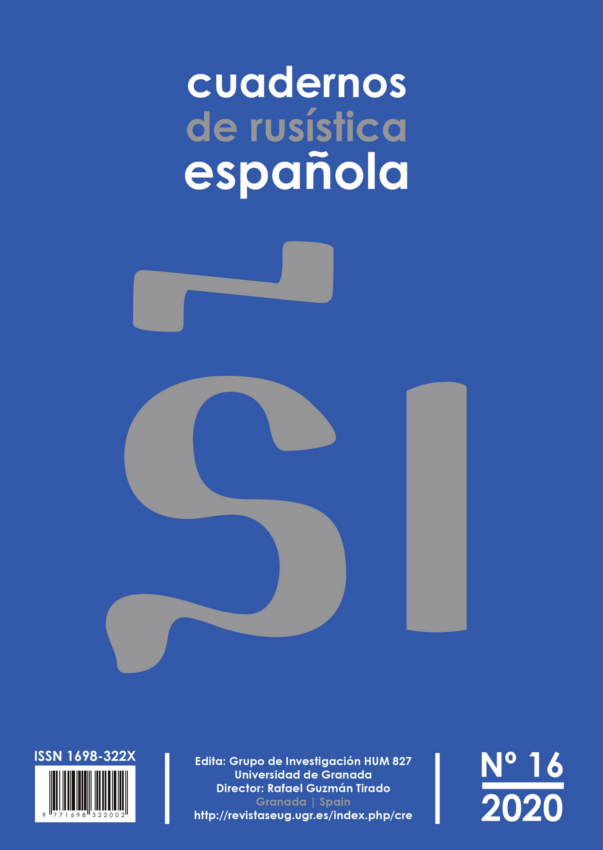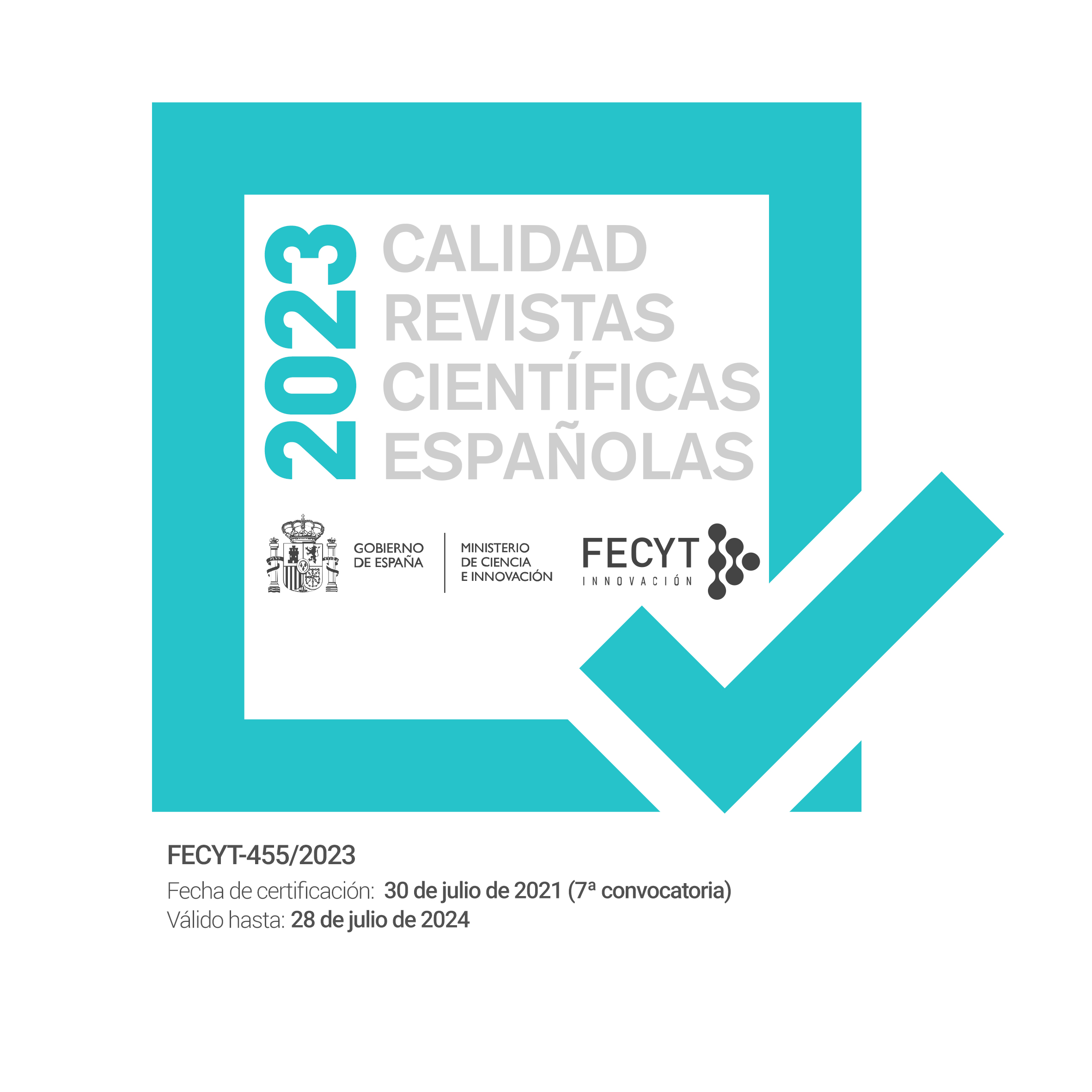Особенности современной семьи: модель взаимоотношений в России и мире
DOI:
https://doi.org/10.30827/cre.v16i0.14094Ключевые слова:
семья, брак, отношения, социальная группа, личность, обществоАннотация
Современное общество в настоящее время переживает переходный этап. Такое изменение оказывает влияние на все социальные институты, включая семью и семейно-брачные отношения. Люди становятся все более раскрепощенными и независимыми. Это сказывается на супружеских отношениях, которые в настоящее время строятся в соответствии с новыми парадигмами, связанными с большей ответственностью за себя и меньшей степени за партнера. Все это - новые явления нашей социальной реальности, требующие нового понимания и развития новой социальной практики. Чтобы достоверно раскрыть особенности современной модели семейных отношений, мы строим наши рассуждения в русле эволюционного, функционального, эмпирического и интеракционистского подходов, основанных на утверждении, что семья — это прежде всего небольшая социальная группа, где каждый партнер имеет свои, часто противоположные, интересы и которая в то же время выступает как целостная социальная система.Скачивания
Библиографические ссылки
ALYAHYA, M., HIJAZI, H., ALSHRAIDEH, H., AL-SHEYAB, H., ALOMARI, D., MALKAWI, S., QASSAS S., DARABSEH, S. & KHADER, Y. (2019): “Do modern family planning methods impact women’s quality of life? Jordanian women’s perspective”. Health and Quality of Life, 17(154), pp. 1-16.
ANTONOV, A. I. (2018): Sociologija sem'i. INFRA-M. Moskva.
AVDIC, D. & ARIZO, K. (2018): “Modern Family? Paternity Leave and Marital Stability”. American Economic Journal: Applied Economics, 10 (4), pp. 283-307.
BABAEV, A. V., BABAEVA, E. V. & GAN'SHINA, G. V. (2019): “Organizacija dosuga sovremennoj sem'i v uslovijah tematicheskih parkov”. Perspektivy nauki i obrazovanija. 5(41), pp. 345-358.
BACHOFEN, I. (2018): Matriarchy. Translation and correction. I. Sakharchuk (eds.): Collection of essays, autobiographical essays. Chaosss Press.
BERON, R., BIRN, D. & DZHONSON, B. (2003): Social'naja psihologija: kljuchevye idei, Piter, Sankt-Peterburg.
BRIAN, M. F. (2010): People of the Earth. An Introduction to World Prehistory. Prentice Hall, New Jersey.
COMTE, A. (2012): Oeuvres: Cours de philosophie positive, leçons 46–51. M. Bourdeau, L. Clauzade & F. Dupin (eds.). Hermann, Paris.
Dictionary of English Language and Culture. (1992): Harlow, Longman.
DRUZHININ, V. N. (2012): Psihologija sem'i. Piter, Sankt-Peterburg.
EJDEMILLER, Je. G. & USTICKIS, V. V. (2015): Psihologija i psihoterapija sem'i, Piter, Sankt-Peterburg.
ENGEL'S, F. (2009): Proishozhdenie sem'i, chastnoj sobstvennosti i gosudarstva. Azbuka-klassika, Sankt-Peterburg.
FROLOVA, E. V., RYABOVA, T. M. & ROGACH, O. V. (2019): “Socio-Cultural Background of Family: Opportunities and Limitations for Schoolchild Personal Development”. International Journal of Recent Technology and Engineering (IJRTE). 8(3), pp. 5246-5249.
GIDDENS, J. (2005): Sociologija. Editorial URSS, Moskva.
GOLOD, S. I. (2009): Sem'ja i brak: istoriko-sociologicheskij analiz. Petropolis, Sankt-Peterburg.
GOODE, W. J. (1987): The Family. Prentice Hall of India.
HADFIELD, K., UNGAR, M. & NIXON, E. (2018): “Rethinking discourses of family instability”. Journal of Family Social Work. 21(2), pp. 172-187.
HALATCHEVA-TRAPP, M., MONTANARI, G. & SCHLINZIG, T. (2019): Family and space: Rethinking family theory and empirical approaches Family and Space: Rethinking Family Theory and Empirical Approaches. Routledge, New York.
LEESON, G. W. (2018): “Global demographic change and grandparenthood”. Contemporary Social Science. 13(2), pp. 145-158.
LUCHINSKAYA, E. N., KARABULATOVA, I. S., ZELENSKAYA, V. V. & GOLUBTSOV, S. A. (2018): “Characteristics of image of the Russian family in modern advertising discourse”. Astra Salvensis. 6(1), pp. 699-713.
MACKOVSKIJ, M. S. (1995): “Rossijskaja sem'ja v izmenjajushhemsja mire”. Sem'ja v Rossii. 3-4. pp. 32-34.
MALIMONOV, I. V., RAKHINSKIY, D. V., SINKOVSKAYA, I. G., KOROL, L. G., AISNER, L. Y., BERSHADSKAYA, S. V. & TRASHKOVA, S. M. (2018): “Global changes of family unit in modern Russia”. Astra Salvensis. 6(12), pp. 623-633.
MARKOVA, A. I. & FLORES, M. A. (2019): “Otnoshenie k zdorov'ju v sovremennoj sem'e”. Problemy social'noj gigieny i istorija mediciny. 3. pp. 237-242.
MASISHEV, V. N. (2011). Psihologija vzaimootnoshenij. MODEK, Voronezh.
MORGAN, L.-H. (1964): Ancient society. Cambridge, Massachusetts.
POMFRET, G. & VARLEY, P. (2019): “Families at leisure outdoors: well-being through adventure”. Leisure Studies. 38(4), pp. 494-508.
REICH, W. (1945): The Sexual Revolution. Orgone Institute Press, New York.
ROUZ, F. (1989): Aborigeny Avstralii. Tradicionnoe obshhestvo. Progress, Moskva.
SMELSER, N. (1991): Sociology. Prentice Hall, Englewood Cliffs, New Jersey.
THOMPSON, J. L. & PRIESTLEY, J. (1996): Sociology. Made Simple Books, Oxford.
ZIDER, R. (1997). Social'naja istorija sem'i v Central'noj i Zapadnoj Evrope (konec XVIII XX vv.). Gumanitarnyj izdatel'skij centr "VLADOS", Moskva.













